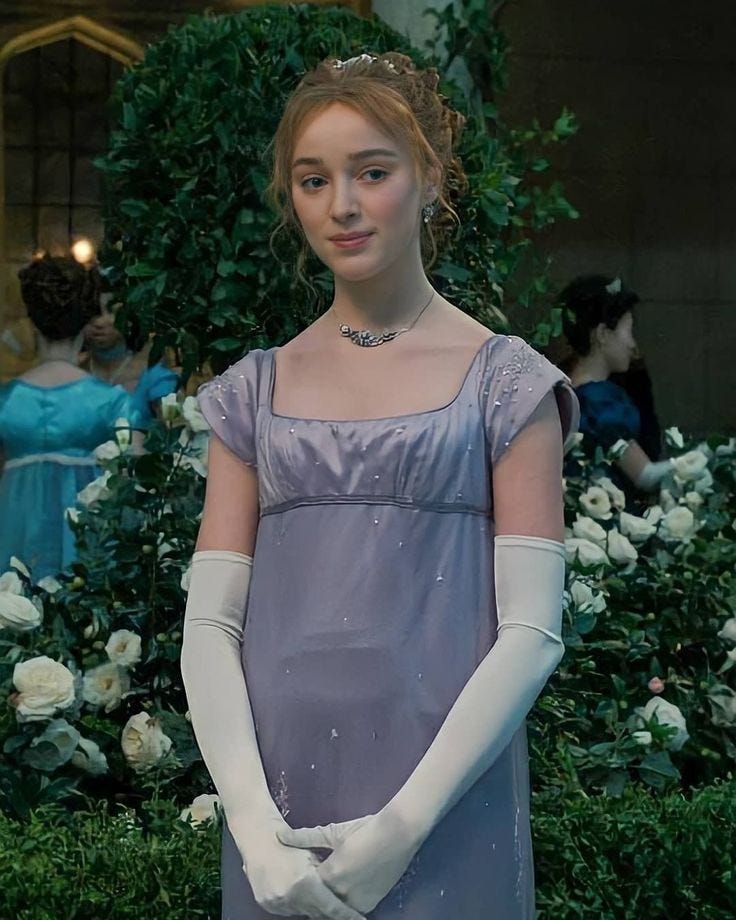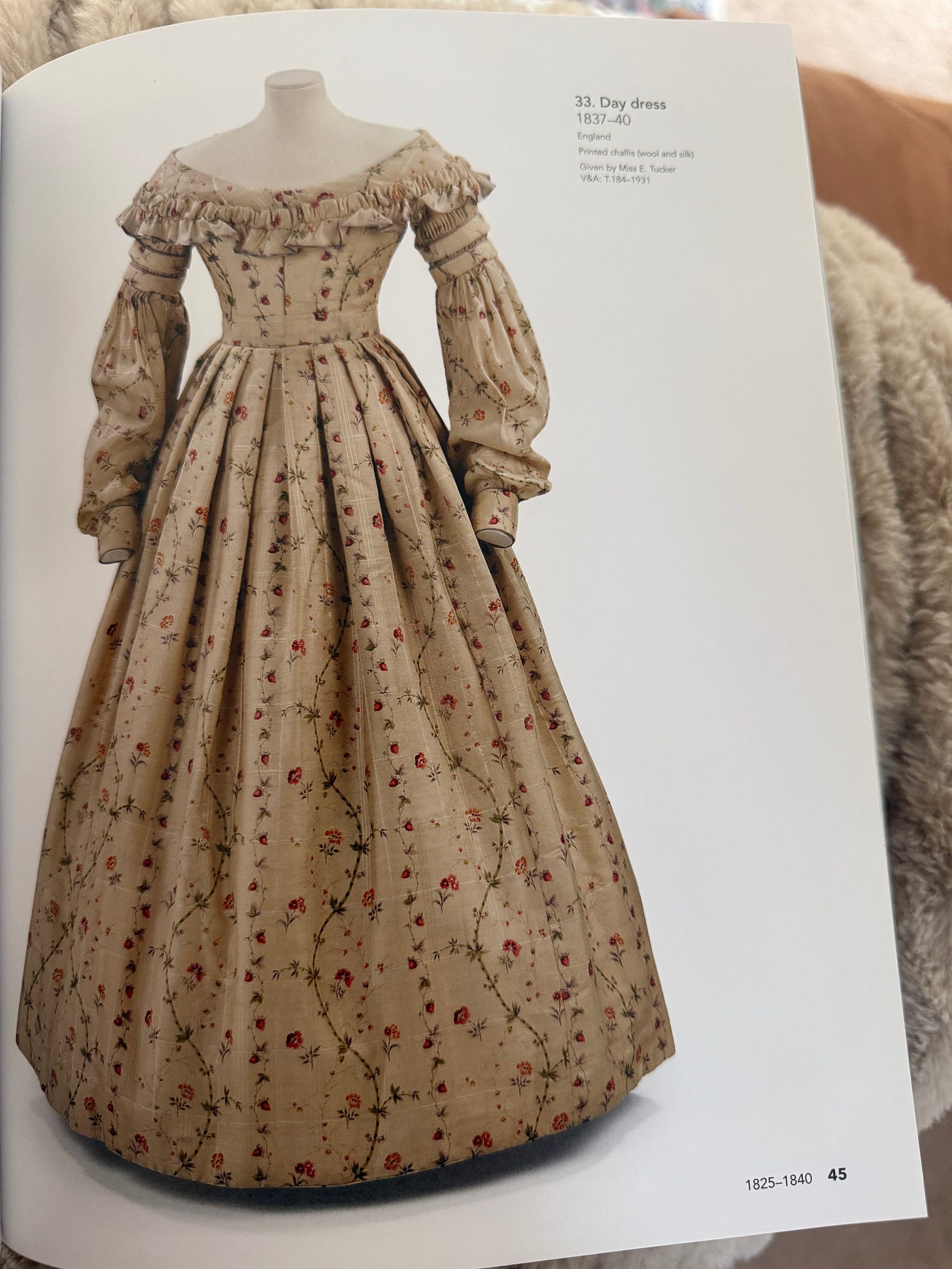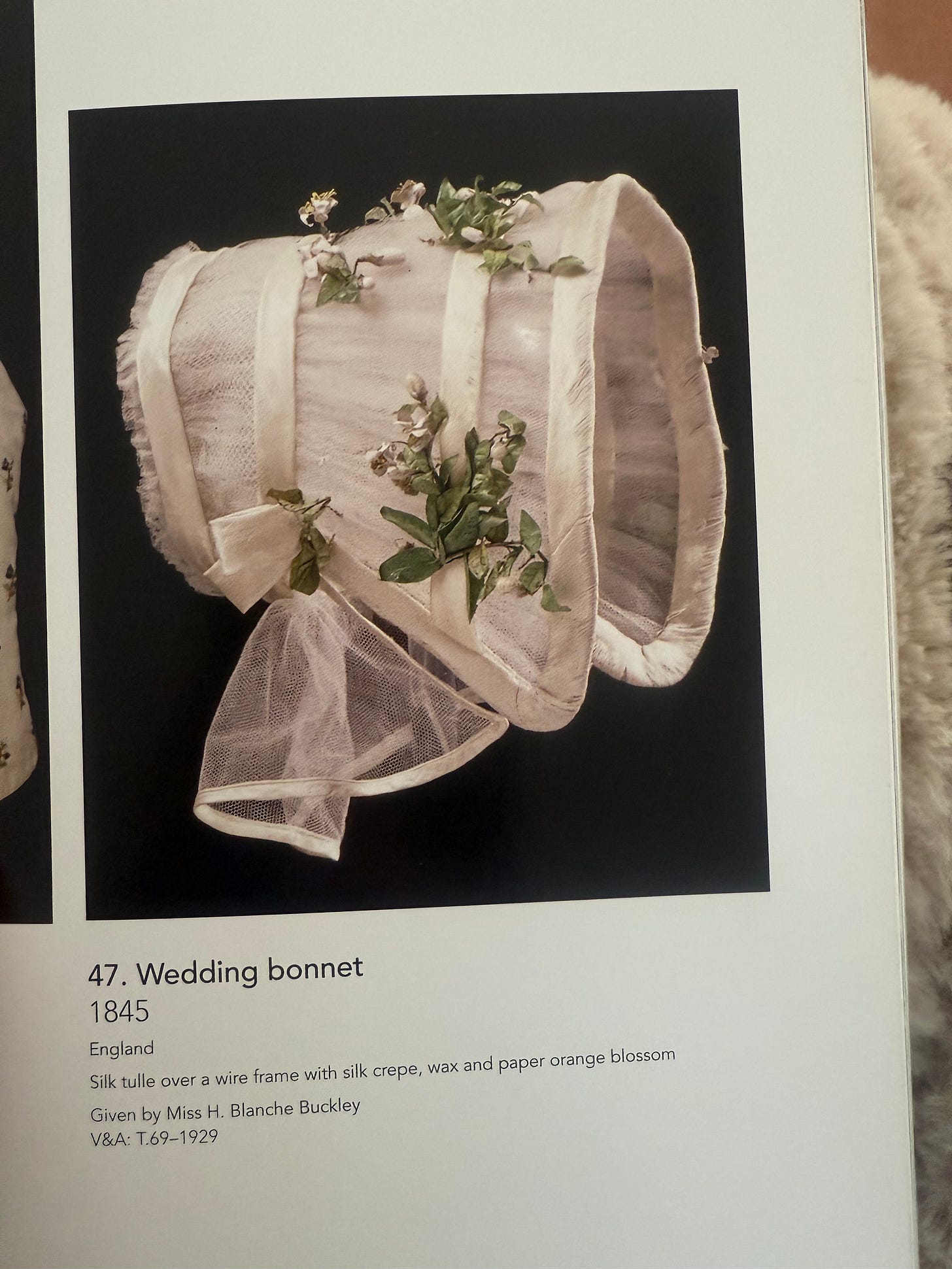Why You Need to Understand Fashion History
The clothes we wear today are a product of hundreds of years of style experiments by the generations before us, and so to truly understand how outfits work today, we must look back at the past.
The clothes we wear today are a product of hundreds of years of style experiments by the generations before us, and so to truly understand how outfits work today, we must look back at the past.
Okay, so you might not walk down the street in a regency inspired gown, fan and parasol. However, the surge in popularity of the corset top - after Bridgerton became one of the most popular Netflix shows of all time with both season 1 and 2 - shows how periods from history can affect our fashion today (even though corsets aren’t actually worn in Bridgeton - it was just the vibe). When you know a little more about fashion history, you can fill in a gap here between 18-19th century fashion, 2020s corset-mania and Vivienne Westwood, who brought the corset back for pretty much the first time in the 20th century in the 1980s through a punk-rock lens, making our habit of pairing a corset with a pair of jeans not such a radical thing to do decades later.
Ten years ago, the millennial generation looked back at your mum’s wedding dress from 1985 and scoffed, but in 2025 Basque waists, puff sleeves and big skirts are back big time as this generation looks back nostalgically at their parents wedding days. It’s unlikely that the girls of my generation will return to the owl pendant necklace; however, I bet our daughters will find a revived fascination with bird-based jewellery. Hopefully not moustaches though…
It’s more than just a fashion cycle of interest ebbing and flowing; fashion is inspired by politics and the zeitgeist. Lets return to our Bridgeton example - women across the world were entranced by a reality where you can fall in love without reliance on hinge and situationships, people actually talked to each other and, last but not least, wore intricate, hyper-feminine clothing - something which wasn’t exactly popular in the 2010s. The rise of cottage core was intricately linked to the trad-wife movement just as the miniskirts were linked the second wave of feminism in the 1960s. There is a rich history to fashion trends, which is exciting and fascinating to study.
But - okay - let’s say you’re not interested in any of that. Why should you care about styles of the past - even hundreds of years ago? It can be so easy to get stuck in the echo chamber of the present moment, which is so limiting for personal style. You forget what other possibilities there are for you. In 2021-22, if all the style inspiration you consumed was from instagram, you would be convinced that the only good personal style which exists is neutral, “old money”, classy, modest fashion. This is simply not true. When you have no other influences but what your friends are wearing, what celebrities are currently wearing and what influencers are wearing, it is much easier to get swept up by trends and lose sight of YOU. When you are consistently engaging with items of clothing from 10, 20, 50, 100, 200 years ago, you begin to notice scraps of fabric which excite you, silhouettes you didn’t know existed, textures you want to explore. This is how designers stay ahead of the curve, they are bringing elements from previous designers into the now. Personally, I am waiting for the day the bonnet comes back into style
What’s new
💭 YouTube
✨ Fairytale inspired pinterest collages board 1, board 2
What did you think about today’s newsletter? Let me know in the comments below ⬇️
If you liked this post, you will like…
How to Get Inspired by Vintage Style Muses
This week for my paid subs I put together a selection of pinterest boards of old Hollywood or vintage starlets in their body matrix types. As I was going through, I was so inspired by the styles I saw and could imagine how I might use them in a modern context. I thought I would show you my process with a few examples







